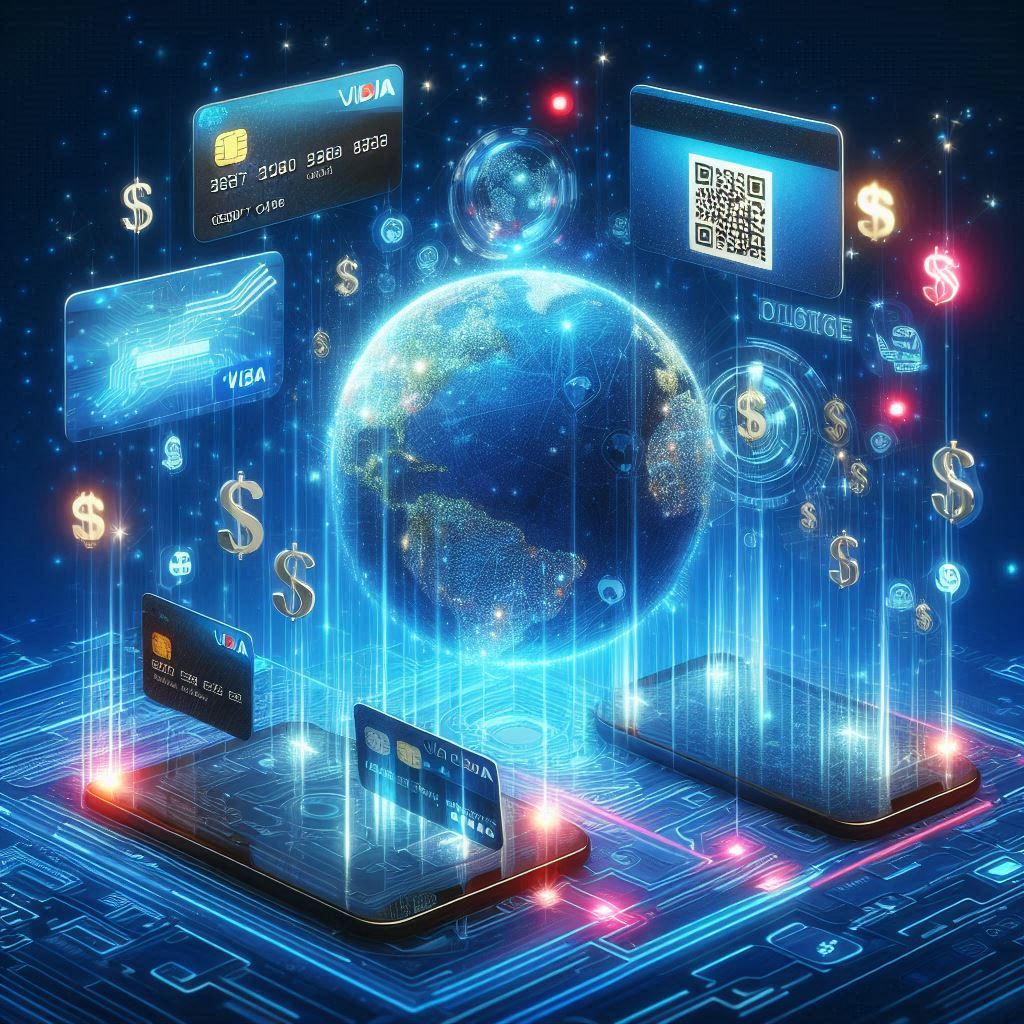As we move further into the digital age, the landscape of online payments continues to evolve at a rapid pace. The way we transact online is being shaped by technological advancements, changing consumer preferences, and regulatory developments. Here are the key trends in online payments to watch in 2024.
1. Cryptocurrency and Digital Currencies
Cryptocurrency and digital currencies are no longer fringe concepts but are becoming mainstream. In 2024, we can expect wider adoption of cryptocurrencies for everyday transactions. Central Bank Digital Currencies (CBDCs) are also gaining traction, with countries like China and the EU making significant strides in this area. These digital currencies promise faster, more secure transactions with reduced reliance on traditional banking systems.
2. Buy Now, Pay Later (BNPL) Expansion
The BNPL model has grown tremendously in popularity, offering consumers a flexible way to purchase goods and services without immediate payment. Companies like Klarna, Afterpay, and Affirm are leading this charge. In 2024, the BNPL trend is expected to expand further, with more retailers adopting this payment option and integrating it seamlessly into their e-commerce platforms.
3. AI and Machine Learning in Fraud Detection
With the rise of online transactions comes an increased risk of fraud. In response, the payment industry is leveraging artificial intelligence (AI) and machine learning (ML) to detect and prevent fraudulent activities. These technologies can analyze vast amounts of data in real-time, identifying patterns and anomalies that may indicate fraud, thereby enhancing security and building trust with consumers.
4. Contactless Payments and Digital Wallets
The COVID-19 pandemic accelerated the adoption of contactless payments and digital wallets, and this trend shows no signs of slowing down. In 2024, more consumers will use digital wallets like Apple Pay, Google Wallet, and Samsung Pay for their convenience and security. The integration of Near Field Communication (NFC) technology will also facilitate quicker, touch-free transactions.
5. Biometric Authentication
Biometric authentication, including fingerprint scanning, facial recognition, and voice recognition, is set to become a standard for verifying online transactions. This method offers a higher level of security compared to traditional passwords or PINs. As biometric technology becomes more sophisticated and accessible, we can expect it to play a significant role in the future of online payments.
6. Open Banking
Open Banking initiatives, which promote transparency and competition in the financial services sector, are gaining momentum worldwide. By allowing third-party developers to build applications and services around financial institutions, Open Banking facilitates more personalized and innovative payment solutions. In 2024, we can expect more collaboration between banks and fintech companies, leading to enhanced payment experiences for consumers.
7. Integration of Payment Systems
The future of online payments will see a greater integration of payment systems across different platforms. This means consumers will enjoy a seamless payment experience whether they are shopping online, in-store, or through mobile apps. Unified commerce solutions will allow businesses to offer a consistent payment experience across all channels, improving customer satisfaction and loyalty.
8. Environmental and Social Responsibility
Consumers are increasingly aware of the environmental and social impacts of their purchasing decisions. In response, payment companies are developing solutions that promote sustainability. For instance, some fintech companies are offering carbon footprint tracking and offsets as part of their services. In 2024, we can expect more payment solutions that align with consumers’ values and promote ethical consumption.
9. Regulatory Changes
Regulatory changes will continue to shape the online payments landscape. Governments and regulatory bodies are working to ensure that the payment systems are secure, efficient, and accessible. In 2024, we can anticipate new regulations that address emerging risks and challenges in the payment industry, such as data privacy and cybersecurity.
10. Embedded Payments
Embedded payments, where payment processing is integrated directly into the user experience of non-financial services, are becoming increasingly common. This trend simplifies the payment process, making transactions more convenient for consumers. In 2024, expect to see more businesses incorporating embedded payments into their platforms, offering seamless and frictionless payment experiences.
Conclusion
The future of online payments is bright and dynamic, driven by technological innovation and changing consumer behaviors. As we look ahead to 2024, these trends indicate a move towards more secure, convenient, and integrated payment solutions that enhance the overall user experience. Businesses and consumers alike must stay informed and adaptable to navigate this rapidly evolving landscape.

